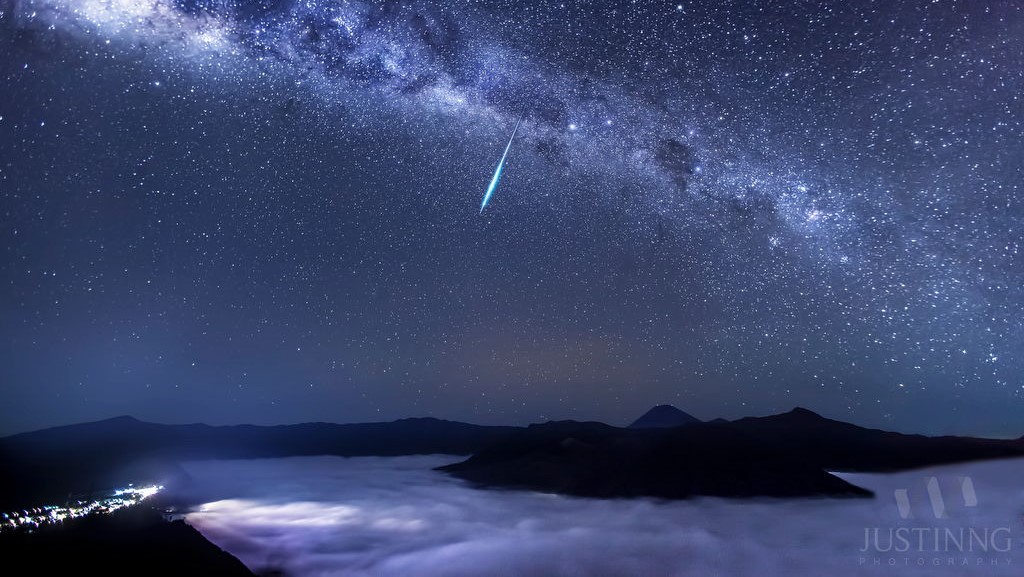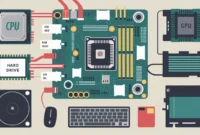
Outline of the Article
- Introduction to the Eta Aquarid meteor shower
- Understanding the Eta Aquarid meteor shower
- What causes the Eta Aquarid meteor shower?
- When and where to see the Eta Aquarid meteor shower?
- Preparation for viewing the Eta Aquarid meteor shower
- Choosing the right location
- Checking the weather forecast
- Equipment needed for meteor shower viewing
- Tips for optimal viewing experience
- Best time to watch
- Adjusting your eyes for dark adaptation
- Finding a comfortable viewing spot
- Capturing the Eta Aquarid meteor shower
- Camera settings for astrophotography
- Tips for photographing meteors
- Safety precautions during the meteor shower
- Protecting your eyes
- Staying warm and comfortable
- Conclusion
- FAQs
Introduction to the Eta Aquarid meteor shower
The Eta Aquarid meteor shower is one of the most anticipated celestial events of the year for skywatchers and astronomy enthusiasts alike. Named after the constellation Aquarius, from which they appear to radiate, these meteors are remnants of Halley’s Comet and provide a spectacular display of shooting stars every spring.
Understanding the Eta Aquarid meteor shower
What causes the Eta Aquarid meteor shower?
The Eta Aquarid meteor shower occurs when the Earth passes through the debris left behind by Halley’s Comet. As the Earth plows through this cosmic debris field, the tiny fragments, ranging from grains of sand to pebbles, collide with our atmosphere at high speeds, producing bright streaks of light in the sky.
When and where to see the Eta Aquarid meteor shower?
The peak of the Eta Aquarid meteor shower typically occurs in early May, with the best viewing opportunities in the predawn hours. To maximize your chances of seeing the meteors, find a location away from city lights with an unobstructed view of the eastern horizon.
Preparation for viewing the Eta Aquarid meteor shower
Choosing the right location
Select a viewing spot that offers a wide expanse of sky and minimal light pollution. Parks, beaches, and rural areas are ideal locations for meteor shower viewing.
Checking the weather forecast
Keep an eye on the weather forecast leading up to the meteor shower. Clear skies are essential for optimal viewing, so plan accordingly and be prepared to adjust your viewing location if necessary.
Equipment needed for meteor shower viewing
No special equipment is required to observe the Eta Aquarid meteor shower. However, bringing along a reclining chair or blanket for comfort, as well as snacks and beverages, can enhance your viewing experience.
Tips for optimal viewing experience
Best time to watch
The Eta Aquarid meteor shower is best observed in the hours before dawn when the radiant point is highest in the sky. Set your alarm for a few hours before sunrise to catch the most meteors.
Adjusting your eyes for dark adaptation
To see the fainter meteors, allow your eyes to adjust to the darkness by avoiding bright lights and screens for at least 20-30 minutes before viewing.
Finding a comfortable viewing spot
Choose a comfortable spot where you can lie back and gaze up at the sky without straining your neck. Bring along a blanket or sleeping bag to stay warm during the predawn chill.
Capturing the Eta Aquarid meteor shower
Camera settings for astrophotography
If you’re interested in photographing the meteor shower, set your camera to manual mode with a wide aperture and high ISO sensitivity. Use a tripod to keep your camera steady during long exposures.
Tips for photographing meteors
Point your camera towards the eastern horizon and use a wide-angle lens to capture as much of the sky as possible. Experiment with different exposure times to capture the fleeting trails of the meteors.
Safety precautions during the meteor shower
Protecting your eyes
While meteor showers are a mesmerizing sight, it’s essential to protect your eyes from potential damage. Avoid looking directly at the sun or bright lights and consider using a red flashlight to preserve your night vision.
Staying warm and comfortable
Dress warmly in layers and bring along a thermos of hot cocoa or tea to stay cozy during the chilly predawn hours. A comfortable chair or blanket will also help you relax and enjoy the celestial show.
Conclusion
The Eta Aquarid meteor shower offers a captivating glimpse into the wonders of the cosmos, with its shimmering trails of light painting the night sky. By following these tips and preparations, you can make the most of this celestial spectacle and create memories that will last a lifetime.
FAQs
Q: Can I see the Eta Aquarid meteor shower from anywhere in the world?
A: Yes, the Eta Aquarid meteor shower can be observed from both northern and southern hemispheres, although it is more favorable for viewers in the southern hemisphere.
Q: Do I need binoculars or a telescope to see the meteors?
A: No, binoculars or telescopes are not necessary for observing the Eta Aquarid meteor shower. In fact, using them may limit your field of view and make it harder to spot meteors.
Q: What is the best time to watch the Eta Aquarid meteor shower?
A: The best time to watch the Eta Aquarid meteor shower is in the hours before dawn when the radiant point is highest in the sky.
Q: How many meteors can I expect to see during the peak of the shower?
A: On average, you can expect to see around 10-30 meteors per hour during the peak of the Eta Aquarid meteor shower under dark, clear skies.
Q: What should I do if it’s cloudy on the night of the meteor shower?
A: If the weather forecast calls for cloudy conditions, consider postponing your meteor shower viewing until the skies clear up. Alternatively, you can try watching the shower online via live streams provided by astronomical organizations.


